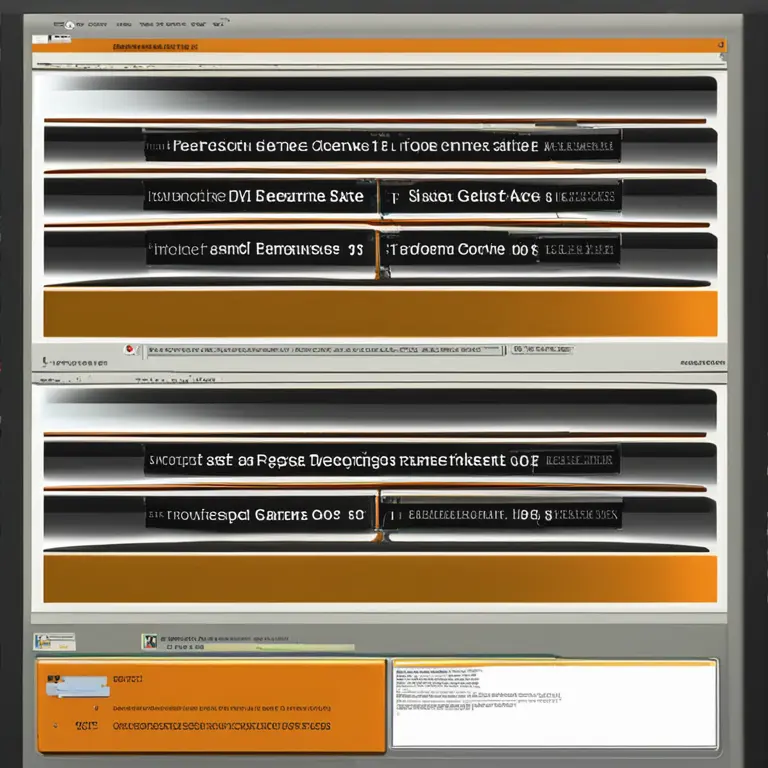
Harmonizing Spirit: Breath Techniques for Healing
Discover the transformative power of breathwork as a healing practice in this comprehensive guide to meditation breathing techniques.
article by Hina Kurosawa
Introduction to Breathwork
Breathing—often a subconscious act—has the untapped potential to heal and transform our well-being. The science of breathwork, an ancient practice that has found a resurgence in our modern search for wellness, underlines the link between the rhythm of our breath and the overall harmony of mind, body, and spirit. As we steer into 2024, the continuous evolution of meditation and healing practices invites us to delve deeper into the art of controlled breathing. This exploration can serve as a self-healing catalyst, managing stress and enhancing our emotional equilibrium.

The Science of Breath and Healing
Scientific studies in recent years have illuminated the profound impact that deliberate breath control can have on the autonomic nervous system, which regulates our fight or flight response. Techniques that emphasize slow, intentional breathing have been shown to downregulate stress responses, hence promoting relaxation. Furthermore, such techniques improve cardiovascular health, aid in the management of pain, and support mental clarity. In an era of evidence-based approaches to holistic health, meditation breathing techniques stand out as a nexus between ancient wisdom and contemporary understanding.

Diaphragmatic Breathing
A core practice within the realm of healing breathwork is diaphragmatic breathing, also known as deep belly breathing. To practice, one places a hand on the abdomen to feel its rise and fall, thereby ensuring that breath is drawn deep into the lungs, engaging the diaphragm. This method of breathing is not merely a relaxation tool; it's a gateway to activating the parasympathetic nervous system—our body's natural rest-and-digest state, a counterbalance to the stress-induced sympathetic nervous system activation.

Alternate Nostril Breathing
Another powerful antidote to modern stress is Nadi Shodhana, or alternate nostril breathing, a cornerstone in yogic breathing practices. The technique involves using the thumb and ring finger to alternately open and close the nostrils while breathing in a controlled rhythm. This form of pranayama is believed to harmonize the two hemispheres of the brain, fostering a sense of tranquility, improving focus, and preparing the mind for meditation.

4-7-8 Breathing Technique
Demonstrable for its simplicity and efficacy, the 4-7-8 technique—pioneered by Dr. Andrew Weil—is based on an ancient yogic technique called pranayama. One inhales for four seconds, holds the breath for seven seconds, and exhales for eight seconds. This pattern is said to be a natural tranquilizer for the nervous system, suitable for reducing anxiety and assisting with sleep induction. The precise count encourages mindfulness and concentration, pulling us away from distraction and into a state of present awareness.
Guidelines for Practice
Venturing into breathwork requires no special tools or environments—merely a commitment to practice. For those new to the technique, it is essential to start slowly, gradually integrating breathwork into the daily routine. Consistency is more valuable than intensity. Breathwork can be done seated or lying down in a quiet space, with sessions ranging from a few minutes to longer periods, as comfortable. Always consult with a healthcare professional before beginning any new practice, especially if breathing difficulties or health concerns are present.
Transformative Outcomes
Whether seeking solace from life's tumult or striving for heightened spiritual connection, harnessing the power of breath can be transformative. Integrating these techniques into our self-care regimen can lead to an array of benefits: reduced stress, improved cognitive function, and a deeper sense of inner peace. The key lies in our breath—gentle and rhythmic, a bridge to healing that is as much within us as it is vast and infinite.
Published: 2/12/2024
Modified: 2/12/2024
More predictions
Come back here soon to learn more about yourself and your future


Calming the Mind: Meditation Practices for Anxiety Relief
Discover effective meditation techniques designed to soothe anxiety and promote tranquility in our daily lives.


The Spectrum of Meditation Practices
Delve into the diverse world of meditation techniques to enhance mindfulness, focus, and tranquility in your daily life.


Meditate Away Anxiety: Simple Techniques for Calm
Discover practical meditation techniques designed to ease anxiety and cultivate serenity in everyday life.